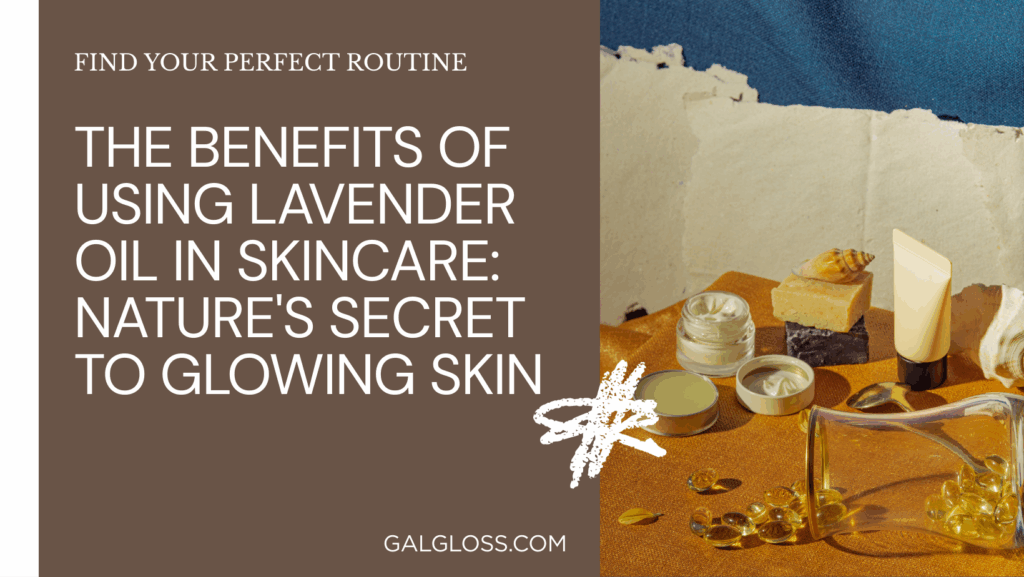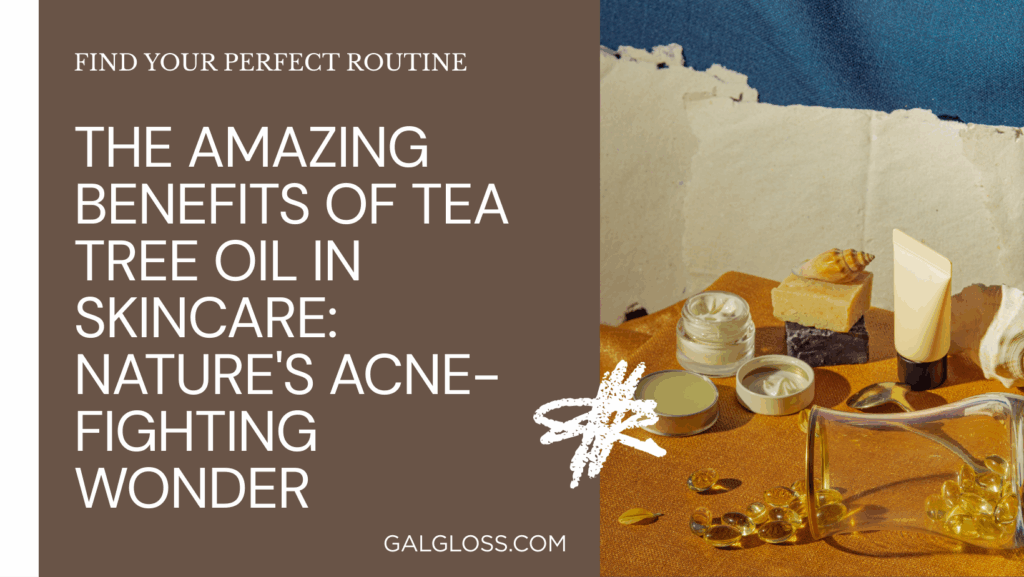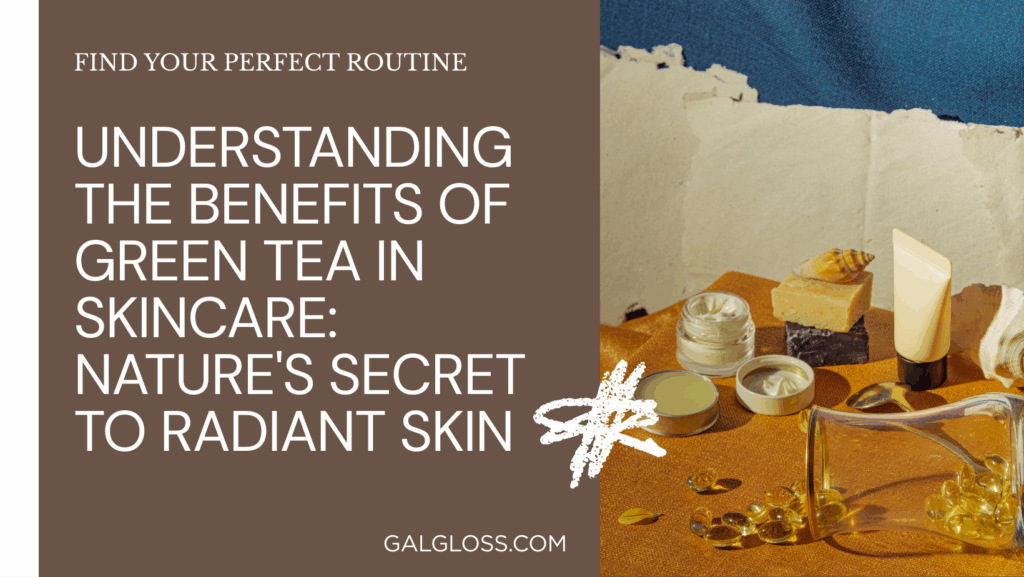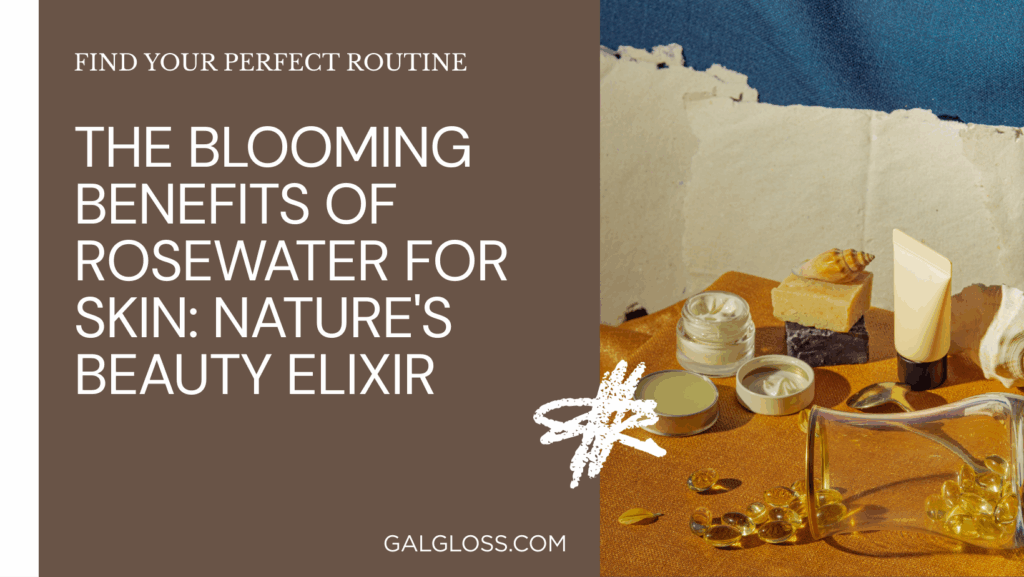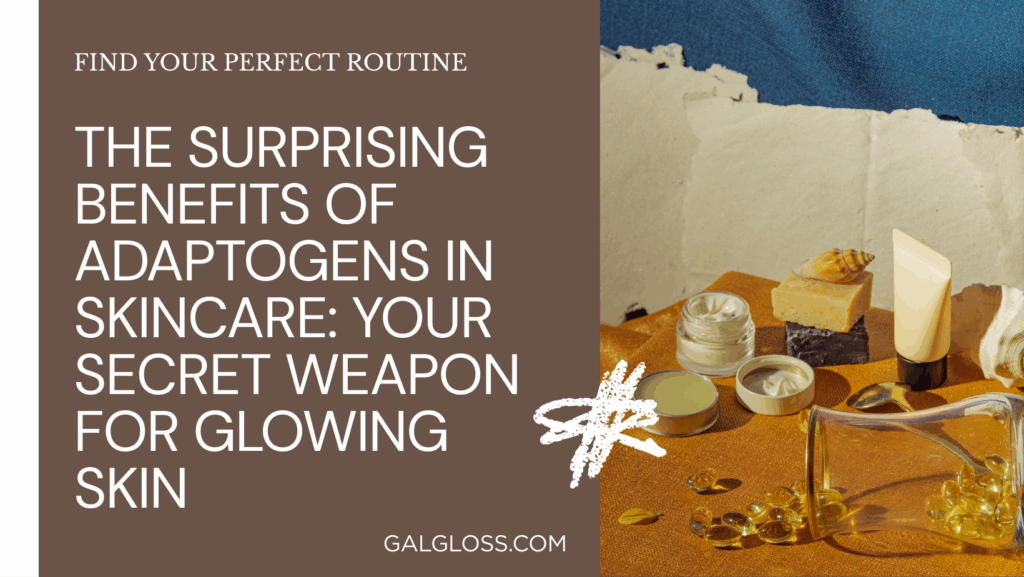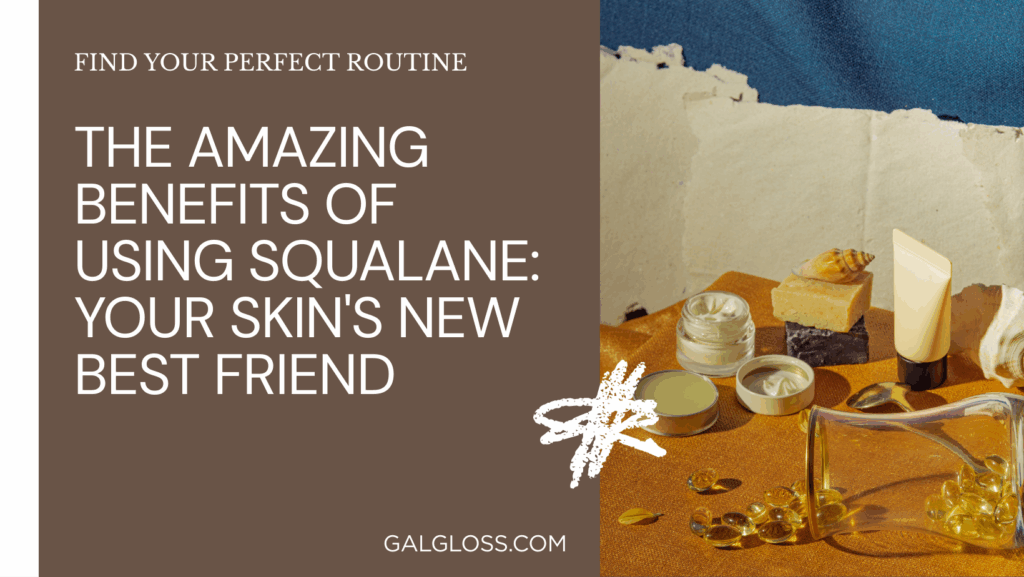Ever caught a whiff of lavender and felt your stress melt away? Or noticed how a dab of tea tree oil can zap a pesky pimple overnight? Welcome to the wonderful world of essential oils in skincare! These little bottles of plant power are shaking up the beauty industry, and for good reason. Let’s unpack why these natural wonders are becoming the secret weapon in many skincare routines.
What’s the Deal with Essential Oils?
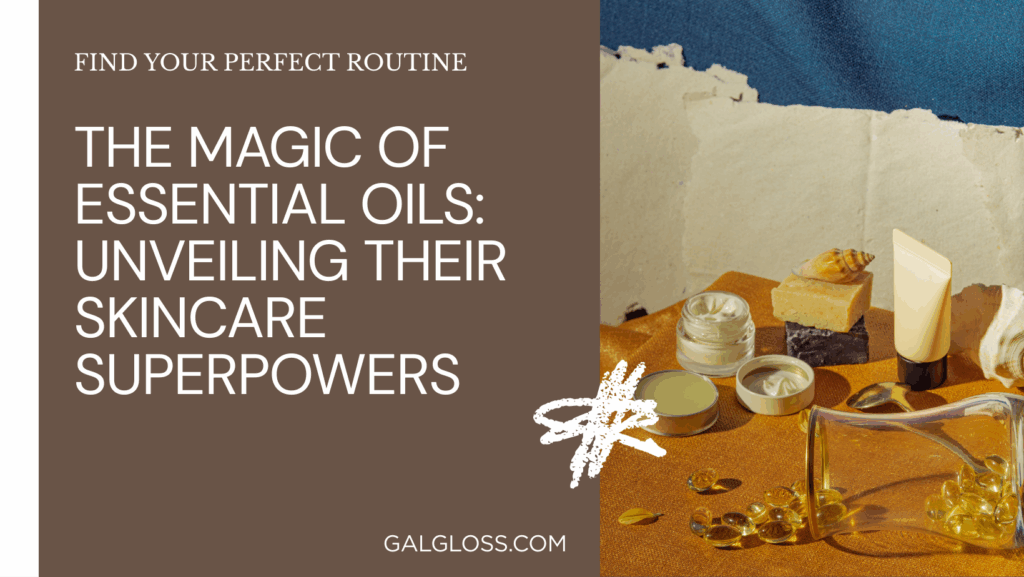
Think of essential oils as nature’s concentrated essence. They’re the aromatic compounds extracted from plants, capturing their scent and beneficial properties. But don’t let their size fool you – these tiny bottles pack a serious punch when it comes to skincare benefits.
How Are They Made?
It’s not just squeezing a plant and bottling the juice. The process is a bit more complex:
- Steam Distillation: Most common method. Plant material is steamed, breaking down the cell walls and releasing the oils.
- Cold Pressing: Used for citrus peels. The rind is mechanically pressed to release the oil.
- CO2 Extraction: A newer method using carbon dioxide to pull out the oils, preserving more of the plant’s properties.
Common Players in the Skincare Game
Not all essential oils are created equal when it comes to skin benefits. Here are some MVP’s:
- Lavender: The jack-of-all-trades. Soothes, balances, and promotes healing.
- Tea Tree: Nature’s acne-fighter. Antibacterial and anti-inflammatory.
- Frankincense: The anti-aging superstar. Promotes cell regeneration.
- Rosehip: Packed with vitamin C for brightening and evening skin tone.
- Jojoba: Mimics our skin’s natural oils, making it great for all skin types.
Top 10 Benefits: Why Your Skin Craves Essential Oils
- Natural Moisturization: Essential oils like jojoba and argan can hydrate without clogging pores. They’re like a tall drink of water for your skin!
- Anti-Aging Properties: Oils like frankincense and rosehip are rich in antioxidants, fighting those pesky free radicals that cause premature aging. Think of them as tiny time machines for your face.
- Acne-Fighting Abilities: Tea tree and bergamot oils have antibacterial properties that can help clear up breakouts. They’re like bouncers, kicking out unwanted bacteria from the party on your face.
- Soothing Inflammation: Chamomile and lavender oils can calm angry, irritated skin. They’re the peacekeepers of the essential oil world.
- Balancing Oil Production: Geranium and ylang-ylang oils can help regulate sebum production, keeping your skin’s oil levels in check. They’re like the Goldilocks of skincare – not too much, not too little, just right.
- Improving Skin Tone: Lemon and grapefruit oils can help brighten and even out skin tone. They’re nature’s Instagram filter!
- Boosting Circulation: Rosemary and cypress oils can improve blood flow, giving you that healthy, rosy glow. It’s like a mini workout for your face.
- Reducing Appearance of Scars: Helichrysum and frankincense oils may help fade scars and promote skin cell regeneration. They’re the skin’s version of a eraser tool.
- Detoxifying the Skin: Juniper berry and grapefruit oils can help purify and detox the skin. Think of them as your skin’s cleaning crew.
- Aromatherapy Benefits: While not directly skin-related, the calming effects of essential oils like lavender can reduce stress, which often shows up on our skin. It’s like a spa day in a bottle!
How to Use Essential Oils in Your Skincare Routine
Now that you’re sold on the benefits, you might be wondering, “How do I actually use these magical elixirs?” Don’t worry, I’ve got you covered!
Dilution: The Golden Rule
First things first: always dilute your essential oils. They’re super concentrated and can irritate your skin if used straight. Mix them with a carrier oil like jojoba, coconut, or sweet almond oil. A good rule of thumb is 2-3 drops of essential oil per teaspoon of carrier oil.
DIY Skincare Recipes
Ready to play chemist? Here are some simple recipes to get you started:
- Acne-Fighting Spot Treatment:
- 1 drop tea tree oil
- 1 drop lavender oil
- 1 teaspoon jojoba oil Mix and apply to blemishes before bed.
- Anti-Aging Night Serum:
- 2 drops frankincense oil
- 1 drop rosehip oil
- 1 teaspoon argan oil Gently massage into face and neck nightly.
- Soothing Face Mist:
- 3 drops lavender oil
- 2 drops chamomile oil
- 4 oz distilled water Shake well and spritz on face throughout the day.
Safety First: Essential Oil Precautions
Before you go oil-crazy, remember: with great power comes great responsibility. Keep these tips in mind:
- Always do a patch test before using a new oil.
- Some oils (like citrus) can make your skin more sensitive to sun. Avoid using these before sun exposure.
- If you’re pregnant or have sensitive skin, consult with a healthcare professional before using essential oils.
Choosing Quality Oils: Not All Oils Are Created Equal
When shopping for essential oils, look for:
- 100% pure, therapeutic-grade oils
- Organic certification, if possible
- Reputable brands with transparent sourcing practices
Remember, if the price seems too good to be true, it probably is. Quality essential oils aren’t cheap, but a little goes a long way.
Essential Oils vs. Traditional Skincare: The Showdown
So how do essential oils stack up against your drugstore favorites? Let’s break it down:
| Essential Oils | Traditional Skincare |
| Natural ingredients | Often contain synthetic ingredients |
| Multitasking benefits | Usually target specific concerns |
| Customizable | One-size-fits-all approach |
| Strong scents (natural) | Artificial fragrances |
| Require knowledge to use safely | Ready to use out of the box |
What the Experts Say
While many swear by essential oils, it’s important to note that scientific research is still catching up. Dr. Jane Smith, a dermatologist, says, “Essential oils show promise in skincare, particularly for their anti-inflammatory and antimicrobial properties. However, more research is needed to fully understand their long-term effects.”
Busting Essential Oil Myths
Let’s clear up some common misconceptions:
- Myth: Essential oils are always safe because they’re natural. Truth: Natural doesn’t always mean safe. Proper dilution and use are crucial.
- Myth: More is better. Truth: Essential oils are potent. A little goes a long way!
- Myth: Essential oils can cure any skin condition. Truth: While beneficial, they’re not a miracle cure. Serious skin conditions should be treated by a dermatologist.
Conclusion: Are Essential Oils Right for Your Skincare Routine?
We’ve journeyed through the aromatic world of essential oils, from their extraction to their myriad benefits for our skin. So, are they worth adding to your skincare arsenal?
The answer isn’t one-size-fits-all, but here’s the bottom line: essential oils offer a natural, customizable approach to skincare that can address multiple concerns simultaneously. From fighting acne to reducing signs of aging, these potent plant extracts have a lot to offer.
However, it’s crucial to approach essential oils with respect for their potency. Always dilute properly, do your research, and listen to your skin. What works for one person might not work for another.
Remember, essential oils aren’t meant to replace your entire skincare routine or medical treatments. Think of them as powerful allies in your quest for healthy, glowing skin.
So, why not give them a try? Start small, perhaps with a patch test of lavender oil mixed with your favorite moisturizer. You might just discover that the secret to radiant skin has been hiding in nature all along.
Are you ready to embrace the power of plants in your skincare routine? Your skin’s glow-up journey might just be a few drops away!
